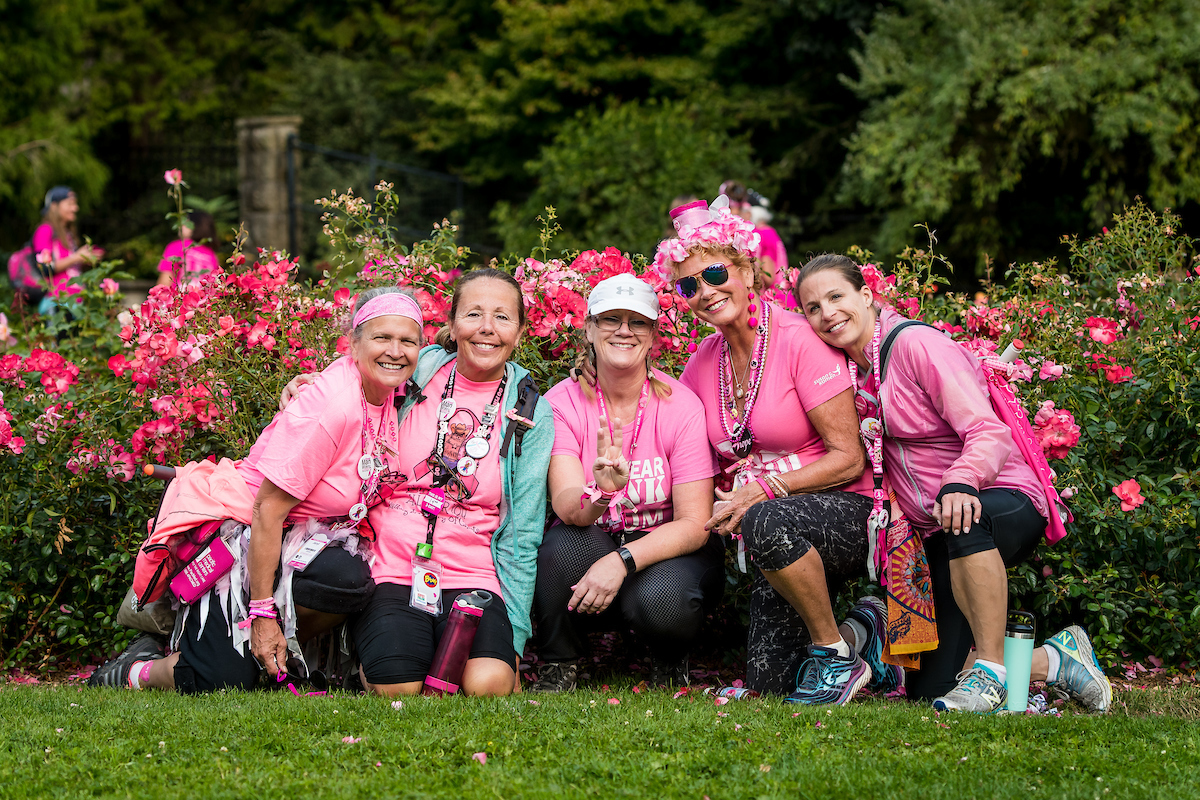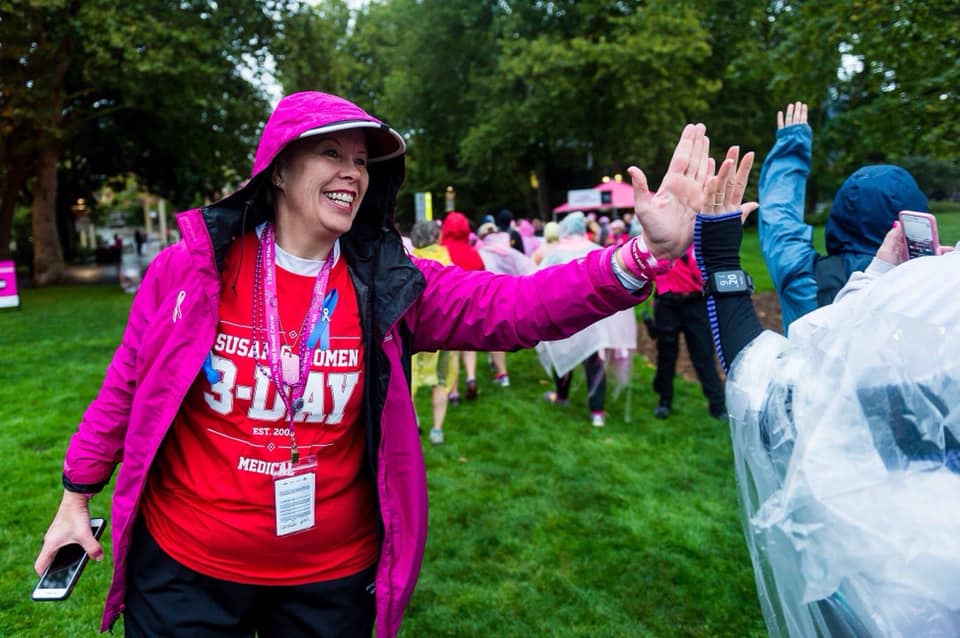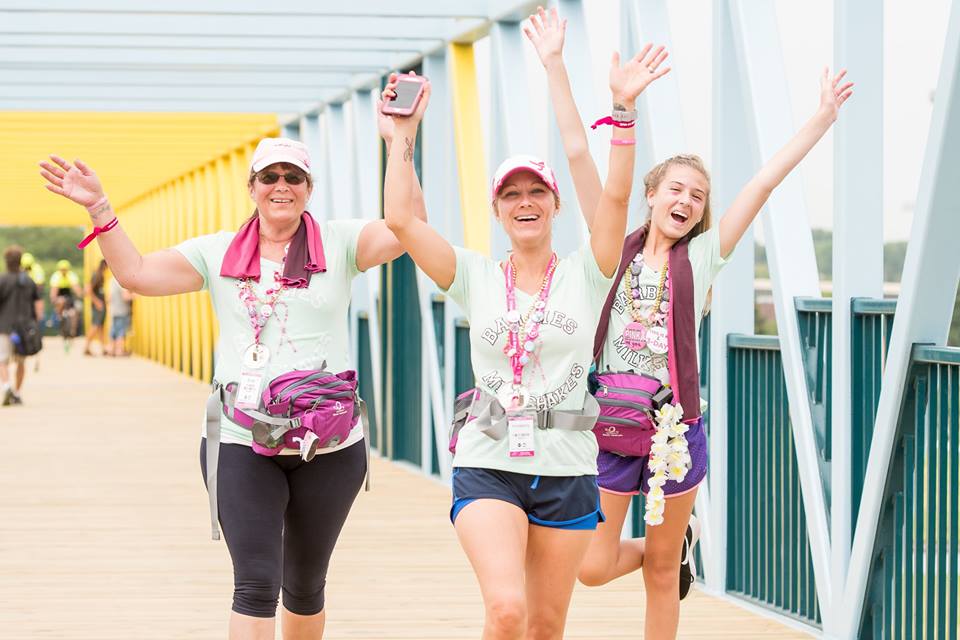It’s official. Our first 3-Day of 2019 is less than a month away! Can you believe it?! That means that some of you have less than 30 days to get your training up to speed and hit your fundraising goals. But don’t panic! We have your back, with all the best in training and fundraising advice from our 3-Day blog…and your coaches!
To start, we have a brand-new playlist on Spotify with all of your coaches’ favorite training tunes. These are the songs that get them moving when they need that little bit of extra motivation to train.
spotify:playlist:6FWgf5rn6Qbt2cTvUNSDNz
To make sure you’re training safely, read all the posts from our Healthy Living blog series with American Bone Health and Amgen. This series was designed to prepare your mind, body and bones for the 3-Day. Beyond that, you can find more tips about healthy living here, plus advice and support to keep you on track for the 3-Day and beyond.
Once you’ve got your training well in hand, we know fundraising will still be on your mind. In order to make the most of your fundraising efforts, check out the latest from our blog:
- Summer Fundraising Ideas
- Fundraising Ideas You Might Not Have Thought Of
- Fundraising from Start to Finish
You should also reach out to your local coaches! Have you connected with them on Facebook yet? They all have their own pages and are amazing resources for all your 3-Day needs. They will also be posting about upcoming event deadlines like online check-in and more. You can see all their pages here:
- Michigan 3-Day Coaches
- Twin Cities 3-Day Coaches
- New England 3-Day Coaches
- Seattle 3-Day Coaches
- Philadelphia 3-Day Coaches
- Dallas/Fort Worth 3-Day Coaches
- San Diego 3-Day Coaches
Before you know it, it will be time for the 3-Day, so everyday counts! We can’t wait to welcome you back to our 3-Day family once again ?









